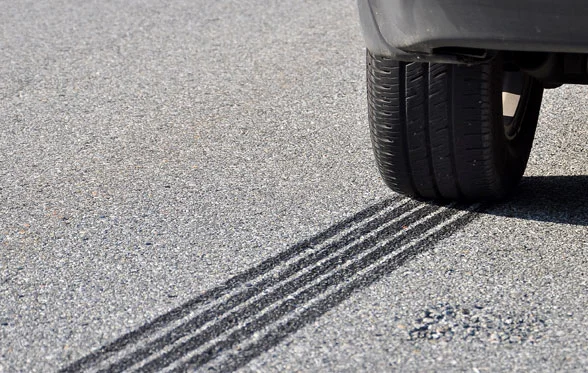On 23rd May 2008, the European Commission published a proposal for a new European Regulation on the general safety of road vehicles which would radically change the structure and format of the European Union's type approval legislation and introduce numerous significant amendments to the technical requirements applicable to vehicles and their equipment.
The changes covered by this proposed new Regulation fall into three main areas:
Legislative Simplification
Currently, the European Union's type approval requirements are contained within a "framework" Directive and 60 "separate" Directives. Each of these "separate" Directives covers an individual subject area (e.g. sound levels, lighting installation, braking, frontal impact, wash/wipe, etc.). The proposed new Regulation would repeal and replace 50 of these "separate" Directives and consolidate all of their requirements into this one new Regulation. However, rather than including all of the text from the 50 "separate" Directives into this new Regulation, it will instead include references to the corresponding regulations of the United Nations Economic Commission for Europe (UN ECE).
Note: The 10 "separate" Directives which will not be repealed and replaced by this new Regulation are those relating to environmental subjects (e.g. emissions, sound levels, recyclability, mobile air conditioning systems, etc.) and those relating to pedestrian protection.
Advanced Safety Technologies
The European Commission believe that there are a number of advanced vehicle safety systems being introduced onto the market that could offer significant improvements in road safety. Therefore, to ensure that the casualty reduction potential of these new systems is maximised, this new Regulation proposes to specify minimum requirements for such systems and mandate their fitment on certain classes of vehicle.
The proposed new Regulation would mandate the fitment of electronic stability control (ESC) systems to all categories of motor vehicle (i.e. M1, M2, M3, N1, N2 and N3 category) from 29th October 2012 for new types of vehicle and from 29th October 2014 for all new vehicles.
It would also mandate the fitment of advanced emergency braking systems (AEBS) and lane departure warning (LDW) systems to all passenger vehicles with more than 9 seats, including the driver, (i.e. M2 and M3 category) and all goods vehicles with a GVW exceeding 3500 kg (i.e. N2 and N3 category) from 29th October 2013 for new types of vehicle and from 29th October 2015 for all new vehicles.
Tyre Related Requirements
The proposed new Regulation introduces a number of new requirements relating to tyres aimed at reducing both rolling noise emissions and CO2 emissions, whilst maintaining safety levels.
To address noise emissions, the new Regulation would require tyres to comply with more stringent limits on rolling noise emissions. Compliance with these new noise limits would become mandatory from 29th October 2012 for new types of tyre and new types of vehicle and from 29th October 2016 for all new tyres and vehicles.
With regard to reducing CO2 emissions, the new Regulation contains two proposed changes:
- The first would mandate the fitment of tyre pressure monitoring systems (TPMS) to all passenger cars (M1 category) from 29th October 2012 for new types of vehicle and from 29th October 2014 for all new vehicles.
- The second would introduce maximum rolling resistance limits for tyres, with these limits being further reduced in a second stage. Compliance with the first stage limits would be phased in between 29th October 2012 and 29th October 2016, depending on the type and size of tyre. Compliance with the second stage limits would be phased in between 29th October 2016 and 29th October 2020, depending on the type and size of tyre.
To ensure that there is not a "trade off" in terms of tyre safety levels to achieve these reductions in rolling noise emissions and rolling resistance, the new Regulation would also introduce minimum requirements on wet grip performance.
